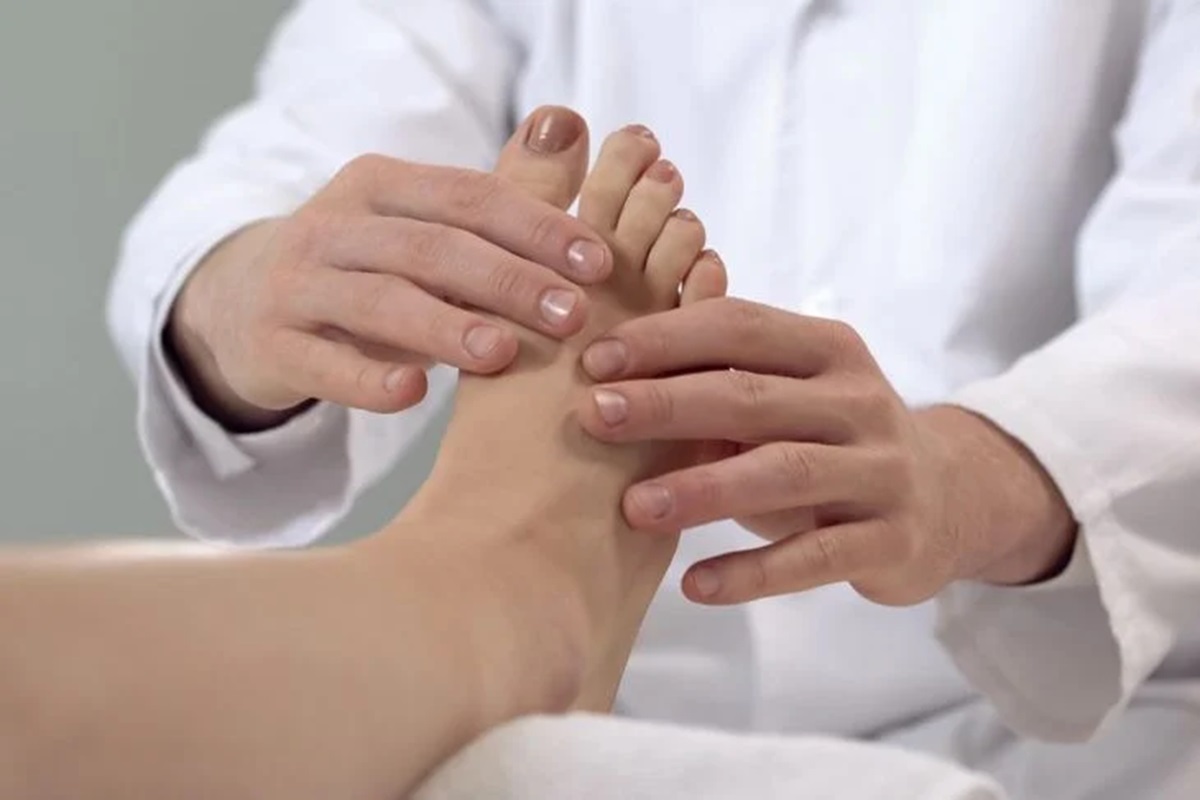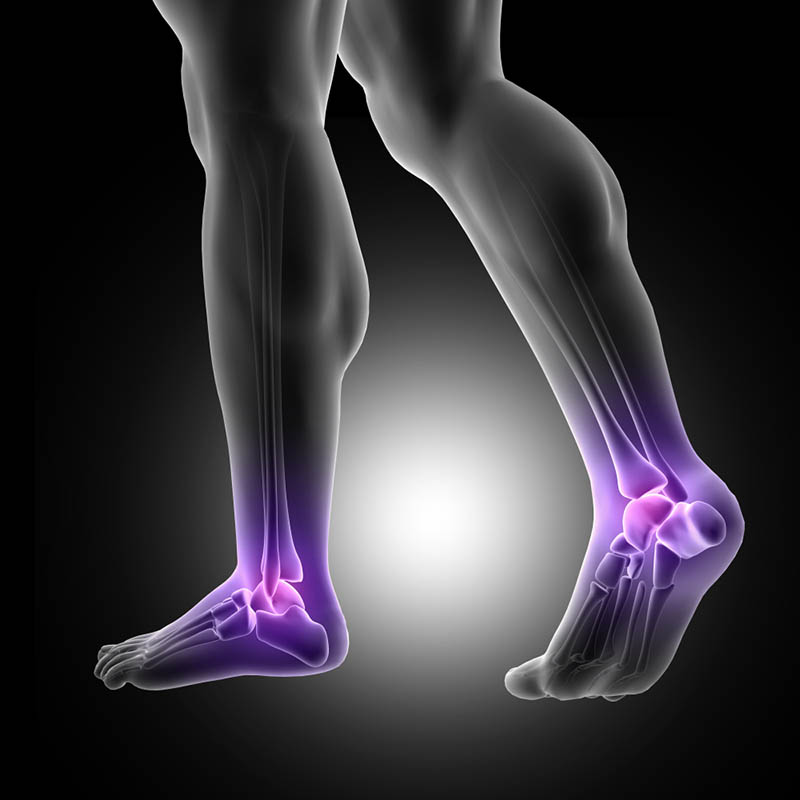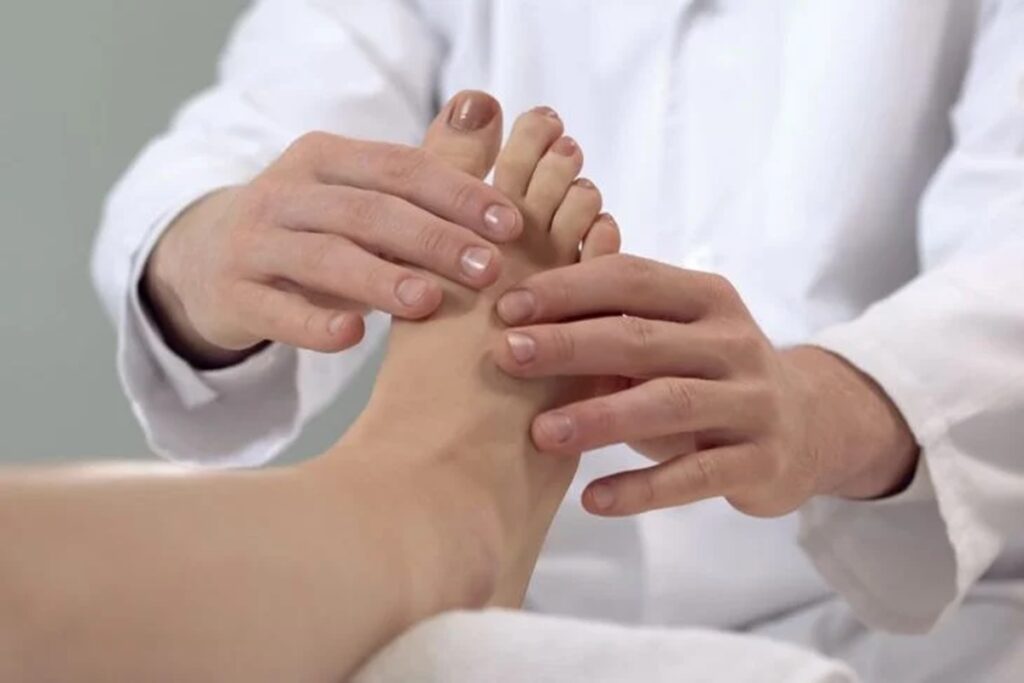Toe pain can be caused by a variety of conditions, ranging from minor irritations to serious medical issues. Whether it’s due to an injury, arthritis, or deformities like hammer toes, toe pain causes can affect your ability to walk, exercise, or even perform basic activities. In this comprehensive guide, we’ll explore the common causes of …
Toe pain can be caused by a variety of conditions, ranging from minor irritations to serious medical issues. Whether it’s due to an injury, arthritis, or deformities like hammer toes, toe pain causes can affect your ability to walk, exercise, or even perform basic activities. In this comprehensive guide, we’ll explore the common causes of toe pain, how to recognize the symptoms, and the treatment options available to relieve discomfort. Knowing when to see a foot and ankle doctor is key to managing your symptoms effectively and ensuring a speedy recovery.
Understanding the underlying causes of toe pain is crucial for getting the right treatment and improving your quality of life. Whether you need Conservative Therapy or surgical intervention, early diagnosis is essential to prevent long-term damage.
Understanding the Anatomy of the Toe
The toe is a small but essential part of the foot that plays a major role in balance and walking. Understanding the anatomy of the toe, including its bones, joints, tendons, and nerves, is important when trying to understand toe pain causes. From joint pain to nerve compression, the toe’s structure is vital in facilitating movement and flexibility, so any dysfunction in this area can cause significant discomfort.
Bones, Joints, Tendons & Ligaments
The toe consists of bones like the phalanges (toe bones) and the metatarsals (the bones just behind the toes). These bones form joints such as the metatarsophalangeal joint (MTP), which connects the toes to the foot. Tendons and ligaments in the toe help with movement, but overuse or injury can cause cartilage damage, leading to conditions like osteoarthritis. Toe pain caused by degeneration or trauma can restrict toe movement and make walking uncomfortable.
Nerves, Blood Vessels & Soft Tissue
In addition to bones and joints, the nerves, blood vessels, and soft tissue in the toe play a key role in both sensation and function. Compression or inflammation in these tissues can lead to symptoms like burning pain, numbness, and tingling, all of which can cause discomfort. Nerve-related issues such as Morton’s neuroma can also lead to sharp toe pain that radiates throughout the foot, while vascular issues like poor circulation can cause painful swelling and other symptoms.
Common Causes of Toe Pain
There are numerous toe pain causes, and identifying the source of the discomfort is crucial for appropriate treatment. Some causes are sudden, like an injury or fracture, while others develop over time, like arthritis or deformities.
Improper foot function is a common cause of foot pain. Wearing shoes that don’t fit properly can exacerbate existing issues or even create new ones. Footwear that provides proper fit and adequate support is key to preventing irritation in the foot joints and surrounding soft tissues. A variety of foot conditions can affect different parts of the foot, including the heels, toes, nerves, tendons, ligaments, and joints.
Acute Injuries: Sprains, Fractures & Turf Toe
Toe injuries like sprains, fractures, and turf toe can cause intense toe pain. A fracture often occurs from a direct impact, while sprains happen when the ligaments in the toe are overstretched or torn. Turf toe, which is a hyperextension of the big toe, is common in athletes and leads to swelling, bruising, and severe pain. Toe fractures, such as those affecting the 5th toe or pinky toe, can also occur and cause painful swelling and difficulty walking.
Degenerative & Arthritic Conditions: Osteoarthritis, Hallux Rigidus & Gout
Degenerative conditions like osteoarthritis and hallux rigidus can contribute to chronic toe pain over time. Osteoarthritis leads to cartilage breakdown, causing joint stiffness and pain, while hallux rigidus affects the big toe and causes limited range of motion. Gout, another form of arthritis, occurs when uric acid crystals build up in the joints, often causing sudden and severe pain in the toe. These conditions can result in bone spurs, which exacerbate the discomfort.
Toe Deformities: Hammer Toe, Claw Toe & Bunions
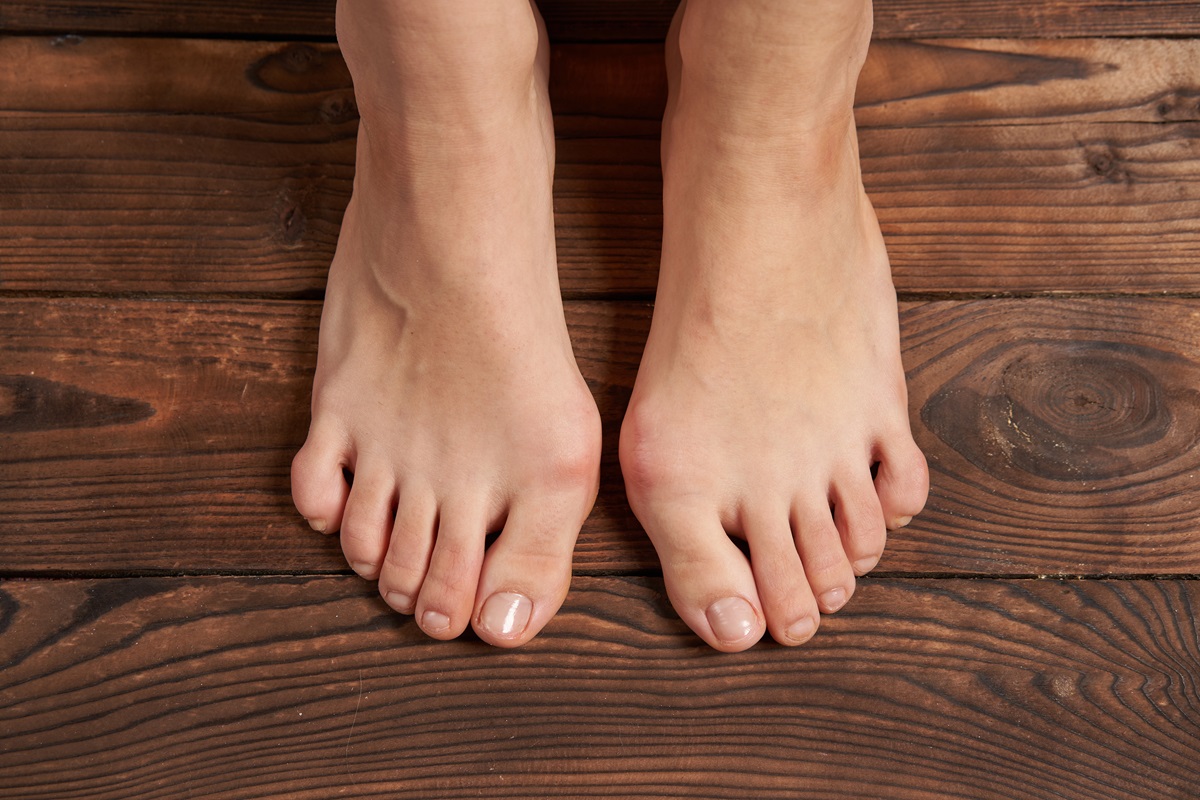
Toe deformities such as hammer toe, claw toe, and bunions are common causes of toe pain. These conditions result from abnormal positioning of the toe joints, causing pain, discomfort, and difficulty finding properly fitting shoes. Hammer toes and claw toes often develop due to imbalances in the muscles or tendons, while bunions involve a bony bump at the base of the big toe. Over time, these deformities can lead to chronic pain and require Hammer Toes Treatment to prevent further joint damage.
Neuromas, Nerve Entrapment & Peripheral Neuropathy
Nerve-related issues like Morton’s neuroma, tarsal tunnel syndrome, and peripheral neuropathy are common causes of toe pain. Morton’s neuroma is the thickening of tissue around a nerve, causing sharp, burning pain between the toes. Nerve entrapment, particularly in the posterior tibial nerve, can lead to numbness, tingling, and pain in the toe, especially when walking or standing for long periods.
Soft Tissue Irritations: Ingrown Toenail, Corns, Calluses & Blisters
Conditions affecting the soft tissues of the toe, such as ingrown toenails, corns, calluses, and blisters, are also common causes of toe pain. An ingrown toenail occurs when the nail grows into the surrounding skin, leading to pain, swelling, and redness. Corns and calluses develop due to friction or pressure from tight shoes, and blisters can form when shoes rub against the foot. These conditions can lead to painful swelling, tenderness, and limited mobility.
Sesamoiditis & Tendonitis
Sesamoiditis, which involves inflammation of the sesamoid bones beneath the big toe, is another cause of toe pain. Similarly, tendonitis in the Achilles tendon or other tendons can result in pain and swelling in the toe and foot. Both conditions are often caused by overuse or improper footwear.
Vascular, Systemic & Rare Causes
In some cases, toe pain is caused by systemic conditions like Raynaud’s disease, lupus, and diabetes, which can affect circulation and lead to pain and discomfort in the feet. Vascular issues, such as deep vein thrombosis or poor circulation, can cause swelling and pain in the toes. Additionally, infections like athlete’s foot or fungal infections of the toenails can lead to pain, redness, and inflammation in the toes.
How to Recognize the Symptoms
Recognizing the specific symptoms of toe pain can help you determine whether you need professional care. It’s important to pay attention to the location, timing, and quality of the pain, as well as any accompanying signs.
Pain Location, Timing & Quality
Toe pain can feel sharp, aching, or even burning, depending on the cause. It’s often localized to the joint or bone, especially in conditions like bunions or hallux rigidus. In some cases, the pain may only occur during activity, while in other instances, it may be constant, worsening over time.
Accompanying Signs
In addition to pain, you may experience swelling, redness, stiffness, or numbness in the affected toe. These symptoms can indicate inflammation, poor circulation, or nerve compression. Warmth around the toe joint is another indicator of an underlying infection or inflammatory condition like gout.
Red Flags That Need Medical Attention
If your toe pain is accompanied by severe symptoms such as fever, joint deformity, or an inability to walk, it’s essential to seek immediate medical attention. Persistent pain, particularly if it doesn’t improve with rest or home care, requires a visit to a foot and ankle doctor.
Foot pain is a widespread issue that affects many individuals, with certain factors making it more common. Conditions like arthritis or hammer toes are more likely to develop as individuals age, and women are particularly susceptible to issues like bunions and high heels-related foot pain. Additionally, obesity is a significant risk factor, as excess weight can put extra pressure on the feet, leading to increased wear and tear on the joints and soft tissues.
Diagnosis by a Foot and Ankle Doctor
A proper diagnosis is essential to determine the cause of your toe pain and to guide your treatment options. A foot and ankle doctor can perform a detailed examination and order the necessary tests to provide an accurate diagnosis.
Physical Examination & Gait Analysis
Your foot and ankle doctor will begin with a thorough physical examination to assess joint mobility, alignment, and any deformities. A gait analysis will also be conducted to evaluate how you walk and whether abnormal foot movement is contributing to the toe pain.
Imaging & Laboratory Tests
Imaging tests such as X-rays, MRI scans, and CT scans can be used to examine the bones and soft tissues in the toe. Blood tests may also be ordered to check for conditions like gout or rheumatoid arthritis, which can contribute to toe pain. Weight-bearing X-rays may be particularly helpful for assessing joint alignment and arthritis severity.
When to Search for a Foot and Ankle Doctor Near Me
If you’re experiencing toe pain that doesn’t improve with rest, or if you notice changes in your toe structure, seeking a foot and ankle doctor near me is a good next step. A specialist will help diagnose your condition accurately and provide a personalized treatment plan.
Treatment Options for Toe Pain
Treatment for toe pain varies depending on the underlying cause. A combination of Conservative Therapy, medications, and sometimes surgical intervention can provide relief and improve foot function.
Self‑Care: RICE, Proper Footwear & Off‑the‑shelf Orthotics
For initial relief, the R.I.C.E. method (Rest, Ice, Compression, Elevation) can help reduce swelling and inflammation. Wearing proper footwear with a wide toe box and using off-the-shelf orthotics can provide extra support to the toe and alleviate pressure on painful areas.
Medications & Injections
For ongoing toe pain, medications like NSAIDs can reduce pain and inflammation. In more severe cases, corticosteroid injections or gout medications may be used to target the pain at the source.
Physical Therapy & Targeted Exercises
Physical therapy can be helpful for improving range of motion, strengthening muscles around the toe, and correcting any alignment issues. Stretching exercises and targeted strengthening routines can help prevent future pain and improve mobility.
Advanced Therapies & Surgery
If conservative treatments aren’t effective, surgery may be necessary. Options include neuroma excision, cheilectomy (removal of bone spurs), and fusion surgeries for deformities like hammer toes. These surgeries aim to reduce pain, improve function, and prevent further damage.
How Wisconsin Foot & Ankle Clinic Can Help
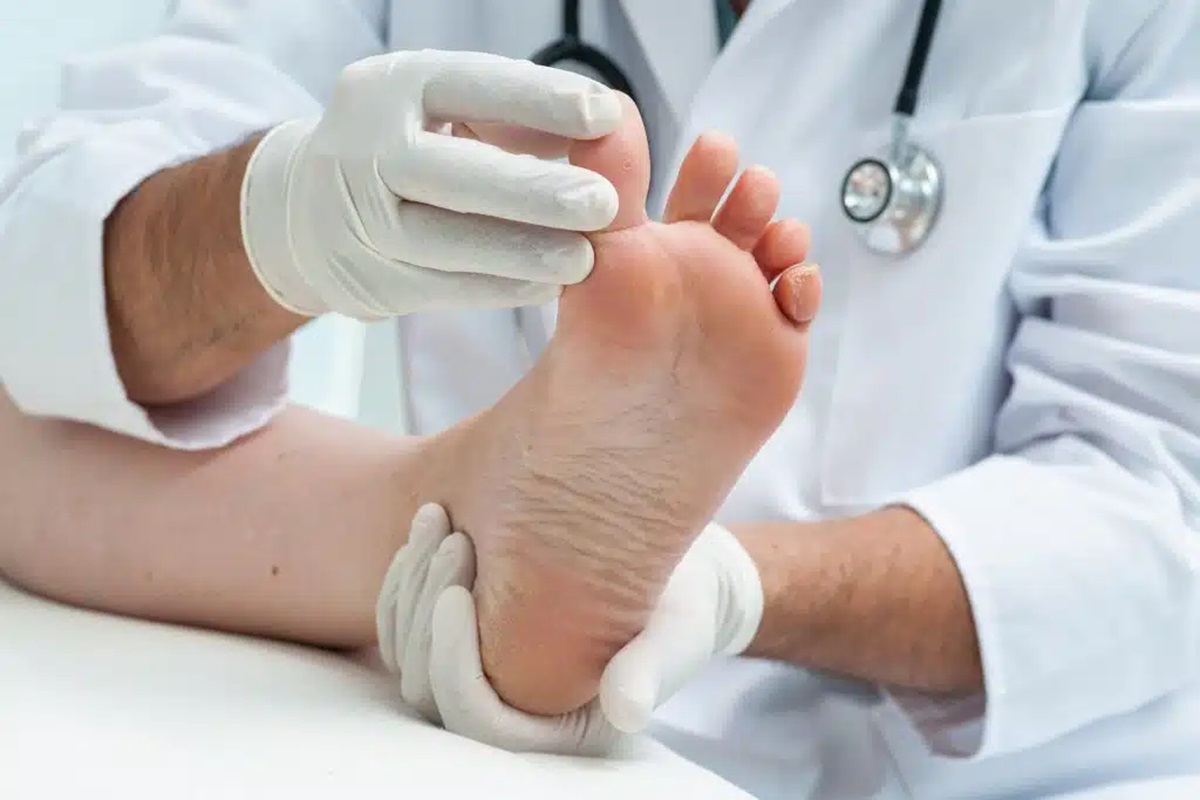
At Wisconsin Foot & Ankle Clinic, we offer comprehensive care for toe pain, from diagnosis to treatment. Our foot and ankle doctors specialize in both Conservative Therapy and surgical interventions, ensuring that you receive the best care possible.
Expert Evaluation by Fellowship‑Trained Specialists
Dr. Donald T. McDonald is a foot and ankle doctor with extensive experience in diagnosing and treating toe pain. He provides a thorough full evaluation and uses the latest diagnostic tools to create a personalized treatment plan.
Personalized Conservative Therapy
We offer custom orthotics, physical therapy, and medication management tailored to your needs, with a focus on non-surgical treatments that can provide long-term relief.
Specialized Surgical and Advanced Treatments
For severe cases, we offer specialized surgical options like bunion removal, neuroma excision, and toe fusion to relieve pain and restore function.
Patient‑First Care & Easy Access
We prioritize your comfort and convenience by offering easy appointment scheduling and personalized care to ensure the best possible outcomes.
Preventing Recurring Toe Pain
To prevent toe pain from recurring, it’s essential to take steps to maintain healthy feet and follow a proper treatment plan.
Choosing Supportive, Properly Fitted Footwear
Wearing supportive shoes with a wide toe box and arch support is essential for maintaining foot health and preventing toe pain. Avoid tight shoes that place pressure on the toes, and consider custom orthotics if necessary.
Regular Stretching and Strengthening Maintenance
Regular stretching exercises for the toes, calves, and feet can improve flexibility and strength. Incorporating strengthening routines into your exercise plan can help prevent future toe pain.
Early Detection & Routine Specialist Check‑ups
Regular visits to a foot and ankle doctor near me can help detect any potential issues early, allowing for timely treatment and reducing the risk of chronic pain or deformities.
Conclusion
Whether you’re dealing with an injury, deformity, or degenerative condition, understanding the causes of toe pain and seeking the right treatment is key to alleviating discomfort. Whether through Conservative Therapy or more advanced surgical options, the proper care can help you regain your mobility and quality of life. If you’re experiencing toe pain, consulting a foot and ankle doctor can help you get back on your feet with confidence.
FAQs
What is the cause of toe pain?
Toe pain can be caused by injuries, arthritis, nerve compression, or deformities such as bunions or hammer toes. The specific cause will depend on the nature of the pain and accompanying symptoms.
Why is my toe hurting without injury?
Sometimes toe pain can occur due to degenerative conditions like arthritis or gout, or due to nerve issues like Morton’s neuroma, even without a recent injury.
Why does my toe hurt but I don’t have an ingrown toenail?
Toe pain without an ingrown toenail could be caused by bunions, hammer toes, tendinitis, or stress fractures. A foot and ankle doctor can help pinpoint the exact cause and recommend the right treatment.


